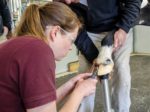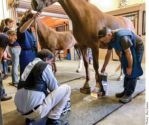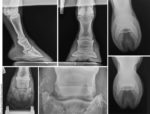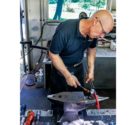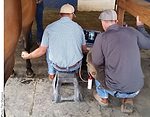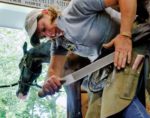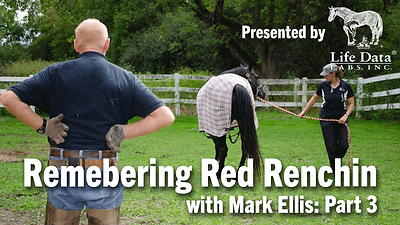Advertise Follow Us
Business Practices
Founder Adam Pendleton, a farrier and veterinarian, hopes the new space will foster collaboration among hoof-care professionals
Read More
Using Clips as Needed, Not as Trends Dictate, Will Enable Farriers to Improve a Horse’s Hoof-Health and Performance
Hoof proportion, digital alignment and capsule health should all be considered before deciding whether to use clips and which kind
Read More
4 Tips to Build Up Your Team
Veterinarians and farriers have different strengths that can complement each other and benefit horse clients.
Read More
Different Approaches, Same Goal
Through reviewing a case report, farriers discuss their varied concerns and plan for addressing the issue.
Read More
Understand Farrier Terminology and How it is Used
Farrier Bob Pethick finds veterinarians can hurt a farrier’s reputation by using incorrect terminology in the absence of understanding with the client.
Read More
Advice from Farriers Who Work the Most with Veterinarians
Several farriers who work with veterinary colleagues on a daily basis offer opinions on improving veterinarian-farrier relationships.
Read More
How a Successful Farrier and Veterinarian Relationship Should Flow
To help horses, both the farrier and veterinarian must recognize specific areas of responsibility and have open communication.
Read More
Shoeing For A Living
Shoeing Mackinac Island’s Horses with Limited Resources
Michigan farrier Jennifer Horn applies sound principles to maintain driving and trail riding mounts
Read More


